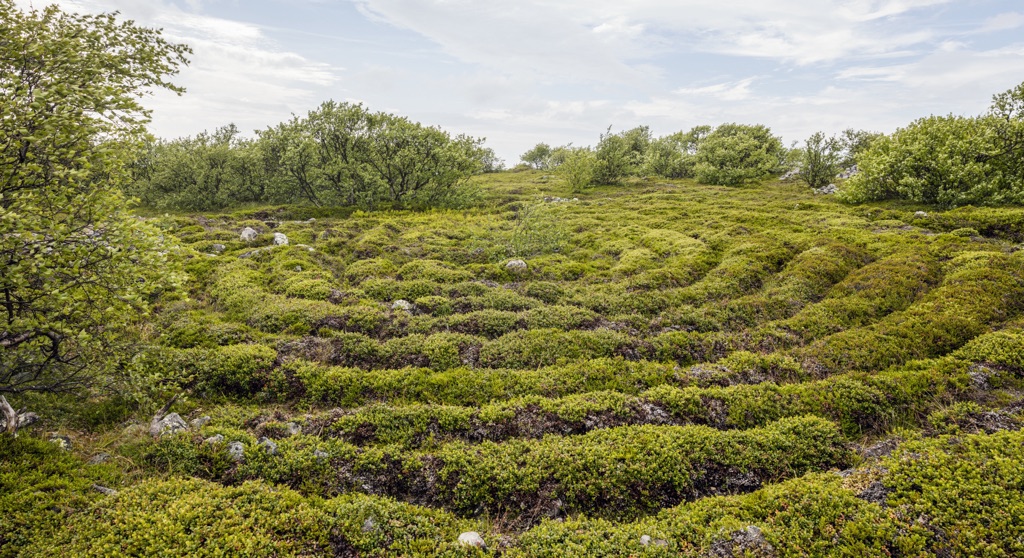The Stone labyrinths of Bolshoi Zayatsky Island are a mysterious and ancient phenomenon located in Russia. Found on one of the Solovetsky Islands in the White Sea, these stone formations date back to the Neolithic period. There are about 13 to 14 labyrinths on the island, with numerous stone heaps and other structures. The purpose and creators of these labyrinths remain a subject of speculation and research. They are often associated with the local Solovetsky Monastery, but their origins are much older than the monastery itself. The labyrinths are a significant archaeological and cultural landmark, drawing interest from historians, archaeologists, and tourists alike.
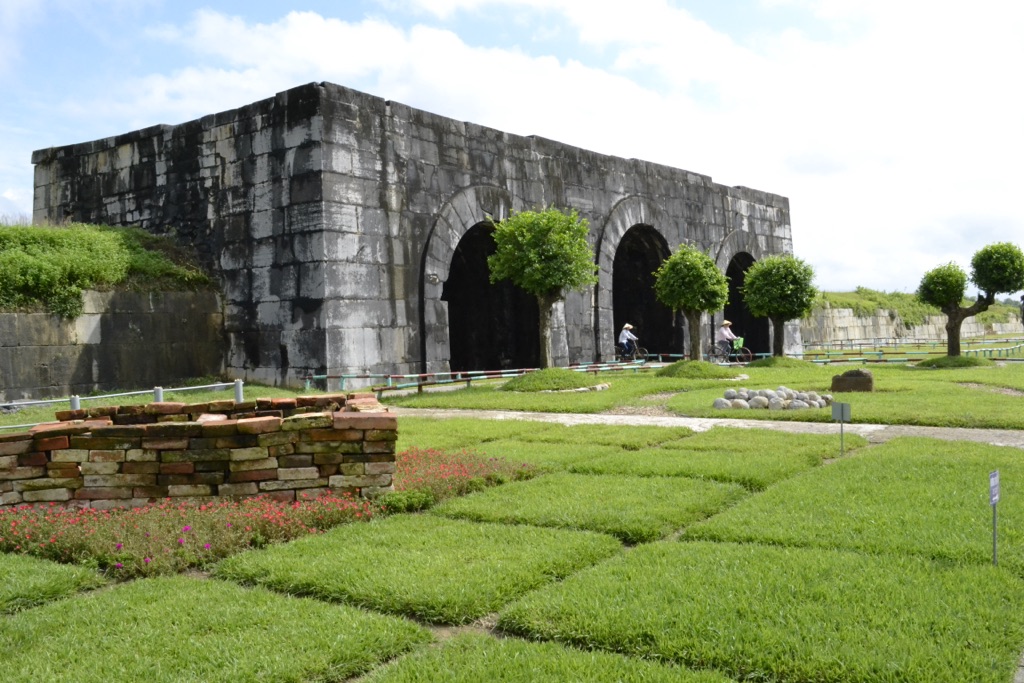
The Citadel of the Hồ Dynasty
The Citadel of the Hồ Dynasty, also known as the Tây Đô castle, is a 14th-century fortress located in Vietnam’s Thanh Hóa Province. It served as the capital of Vietnam from 1398 to 1407 under the Hồ dynasty. This historical site is renowned for its unique stone architecture and impressive construction techniques. In 2011, UNESCO recognized it as a World Heritage site, highlighting its significant value in world history and architecture.
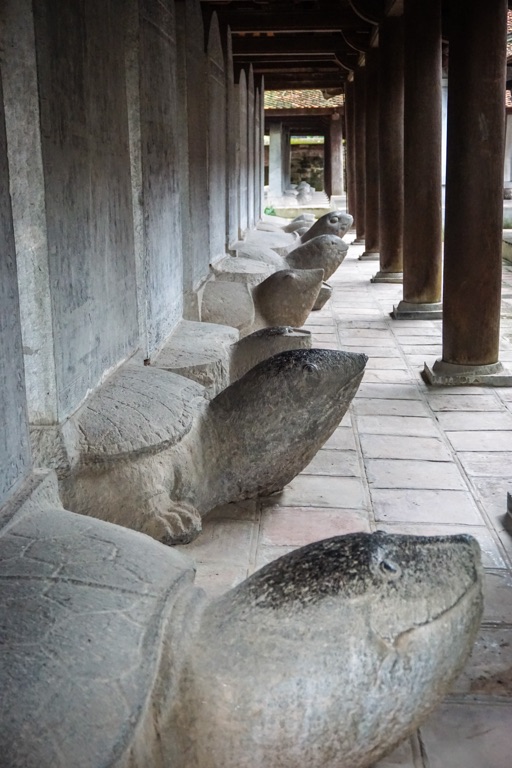
The Temple of Literature (Văn Miếu Quốc Tử Giám)
Văn Miếu Quốc Tử Giám, also known as the Temple of Literature, is a renowned historical site in Hanoi, Vietnam. It was established in 1070 under Emperor Lý Thánh Tông of the Lý dynasty. Initially, it served as a Confucian temple, but in 1076, it became home to the Imperial Academy, Vietnam’s first national university. The site honors education and literature, with monuments and steles dedicated to scholars and academics. It is a prime example of traditional Vietnamese architecture and a symbol of the country’s dedication to education and the arts.
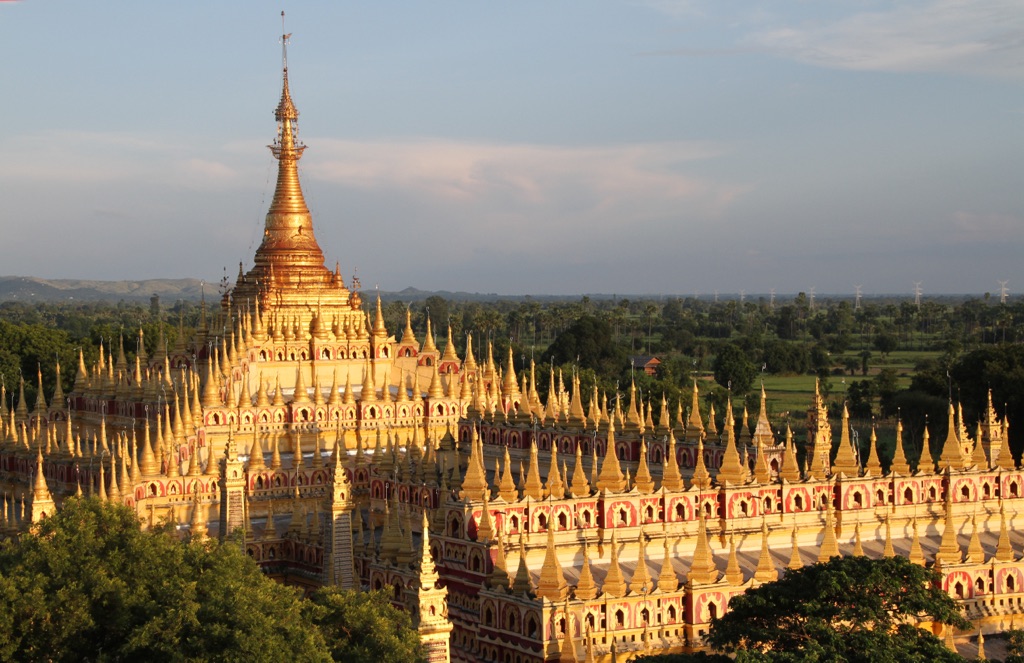
Thanboddhay Pagoda
The Thanboddhay Pagoda is a stunning Buddhist temple located in Monywa, Myanmar. Known for its unique architecture, it stands out with its multicolored spires and over 500,000 Buddha images. The pagoda’s construction began in 1939 under the guidance of the monk Mohnyin Thambuddhei Sayadaw and completed several years later. It draws visitors from around the world, not only for its religious significance but also for its artistic splendor.
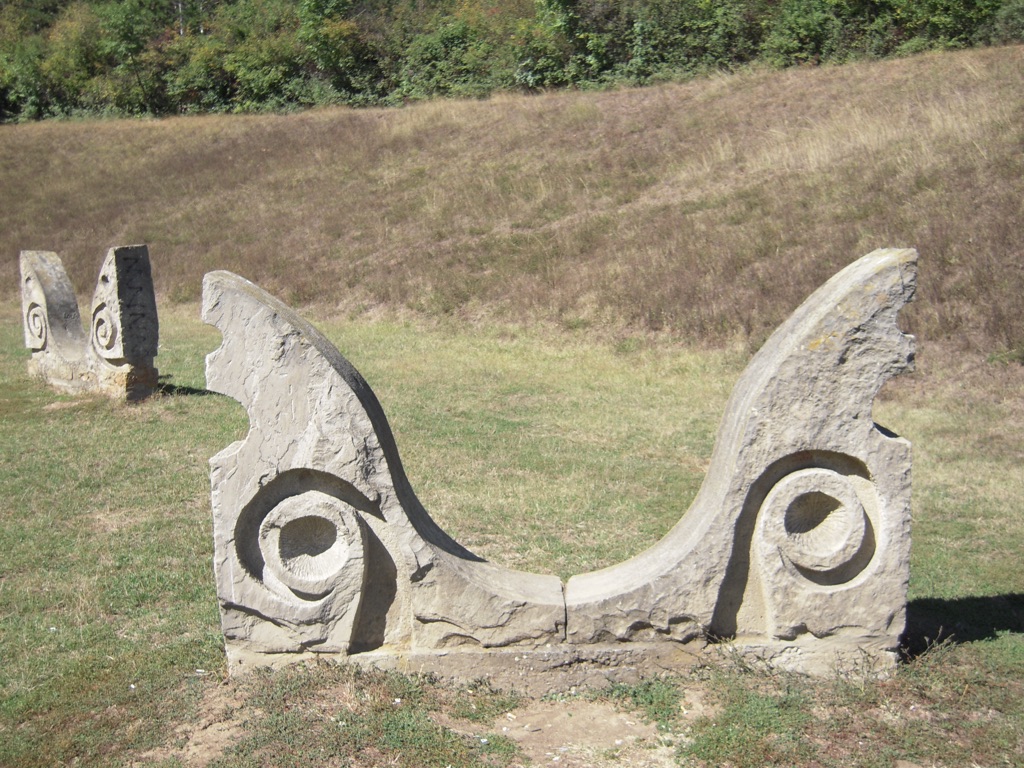
Slobodište Memorial Complex
The Slobodište Memorial Complex stands as a poignant reminder of the atrocities of World War II. Located near Kruševac, Serbia, it commemorates the victims of fascist terror. The complex is a symbol of resistance and a place of remembrance for those who lost their lives during the war. It features monumental sculptures and a memorial park, which together create a space for reflection and education about the past.
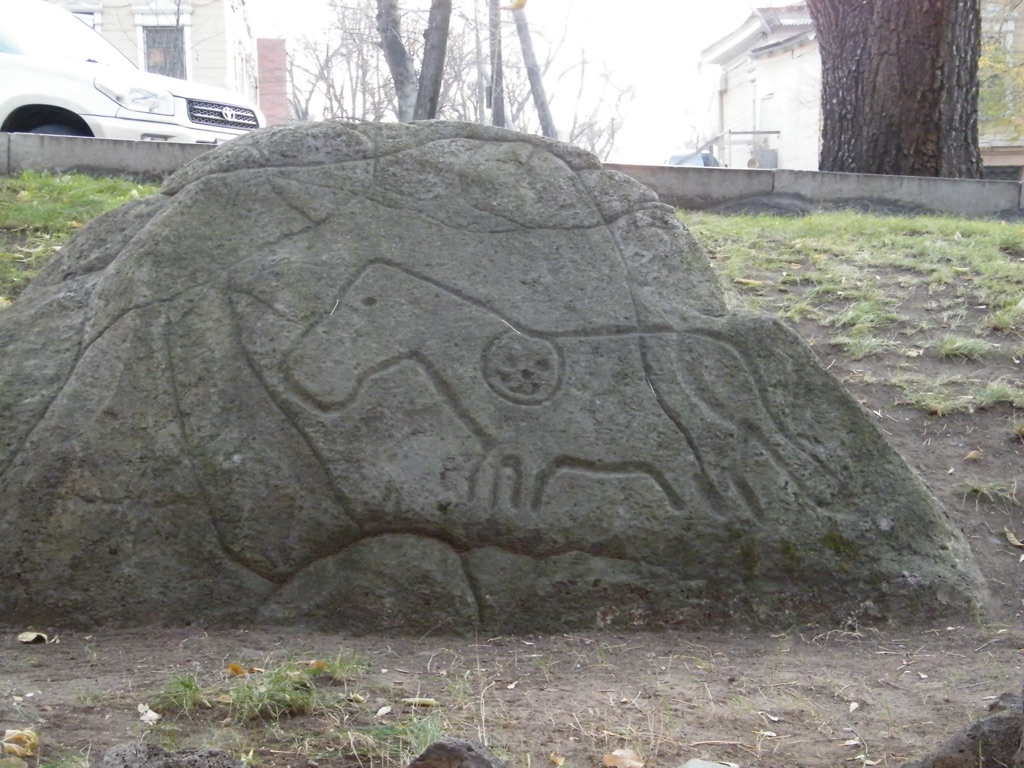
Petroglyphs of Sikachi-Alyan
The Petroglyphs of Sikachi-Alyan are a collection of ancient rock carvings found on the banks of the Amur River in Russia. These engravings depict a variety of scenes and symbols, including animals, boats, and mysterious figures. They offer a window into the spiritual and daily life of the indigenous peoples of the region, dating back to the Neolithic period. The petroglyphs are a testament to the artistic expression and cultural significance of the area’s ancient inhabitants.

